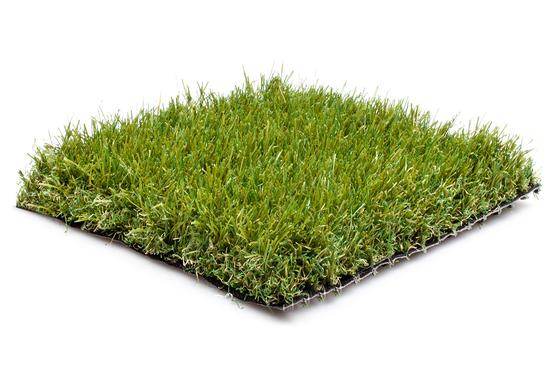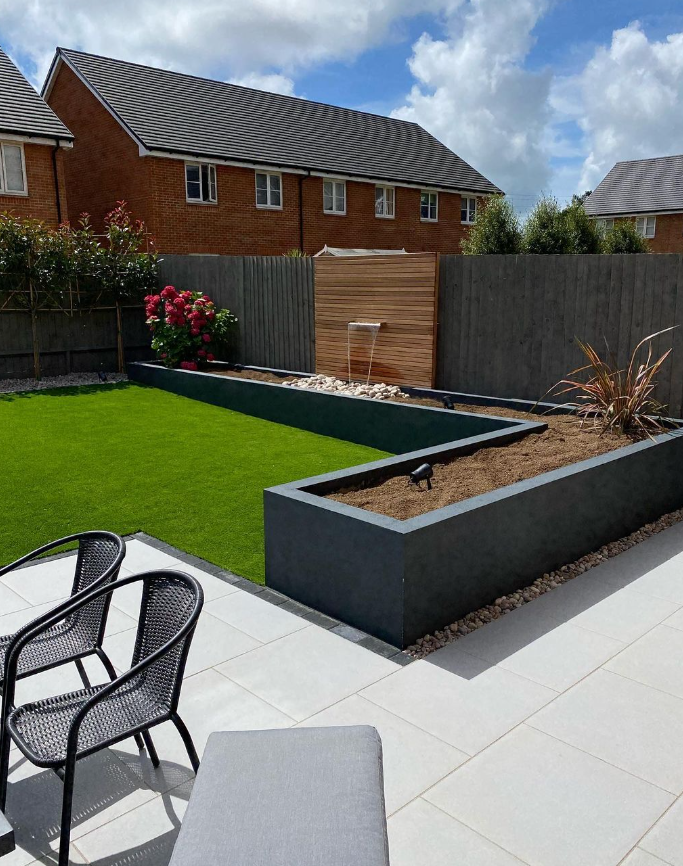
Top 8 Benefits of Adding Sand Infill to Artificial Grass
Is sand infill grass really necessary, or can you skip it? Many homeowners and even some landscapers ask this during artificial grass installation. At first, leaving it out may seem quicker, yet the benefits of sand infill are too valuable to ignore.
From grass infill stability and artificial turf drainage to how to keep grass blades upright, sand plays a key role in performance and appearance.
In this guide, we’ll outline eight clear advantages, offering practical artificial grass installation tips and maintenance tips for artificial lawns that explain exactly why using sand in artificial grass is always the smarter choice.
Improves Grass Stability and Longevity

One of the biggest benefits of sand infill grass is the stability it provides. Without it, turf can shift or ripple after rain, strong winds, or heavy use. Adding infill gives weight and support, creating grass infill stability that lasts through busy family life, pets, or frequent gatherings.
It also extends the lifespan of your artificial grass by keeping it secure and reducing early wear. For landscapers, that means satisfied clients and fewer return visits. For DIY renovators, it’s peace of mind knowing the lawn will stay in place and looking good for years.
Helps Keep Grass Fibres Upright
Over time, artificial lawns without infill often end up looking flat and tired. One of the key benefits of sand infill is that it supports each blade, helping it stand tall instead of bending under pressure. Whether it’s from regular footsteps, garden furniture, or pets, the extra layer makes all the difference.
For anyone wondering how to keep grass blades upright, sand acts almost like a cushion that props fibres back into place. The result is a surface that looks fresh and springy, much closer to the feel of natural grass. Landscapers often see this as a finishing touch that keeps projects looking professional, while homeowners enjoy the simple pleasure of a lawn that stays inviting with less effort.
Enhances Drainage and Reduces Water Pooling
Another reason installers recommend sand infill grass is the way it supports drainage. Without it, rainwater can sometimes sit on the surface, creating puddles that make the lawn less usable. By filling the base with sand, water is guided down through the backing and into the prepared layers below.
This process, often called artificial turf drainage, helps keep the surface dry and safe more quickly after a downpour.
For DIY projects, it means fewer muddy patches or slippery spots. For landscapers, it’s one of those artificial grass installation tips that improves client satisfaction straight away.
The lawn remains practical all year, whether it’s being used as a play area, a pet space, or simply a neat, low-maintenance garden feature.
Reduces Infill Movement and Wear

When artificial turf is left without sand, the surface can feel uneven after only a short time. One of the benefits of sand infill is that it helps create a smooth, balanced layer across the whole lawn. This extra weight keeps the grass steady, so it doesn’t shift or bunch up under regular use.
For homeowners, that means fewer patches that look worn down. For landscapers, it means a professional finish that holds its shape, even on larger projects. The added support also cuts down on small gaps or uneven areas that might otherwise appear over time, giving the lawn a more consistent look and feel with very little effort.
Provides Extra Weight to Prevent Curling
One issue people sometimes notice with artificial turf is the edges or corners starting to curl. This can spoil the look and even create tripping hazards. Adding sand infill to the grass solves that problem by giving the surface extra weight, keeping the entire area firmly pressed down.
This stability is especially useful in gardens exposed to strong winds or in spaces where pets are running and playing. Instead of lifting at the sides, the turf stays flat and secure. The result is a lawn that not only looks neater but also feels safer underfoot – a small detail that makes a big difference to the long-term quality of the installation.
Improves Safety for Walking and Play
One key reason for using sand in artificial grass is for safety. The added layer creates a cushioned surface, softening the impact of steps and play. This helps reduce slips and trips, making it especially valuable in family gardens, schools, or busy outdoor areas.
Sand also evens out the lawn, so fewer dips or ridges could cause accidents. For homeowners, it’s peace of mind when children are playing. For landscapers, it’s an easy way to deliver a safer, more comfortable finish that clients notice straight away.
Prevents Insects and Pest Infestation
A natural lawn can attract insects, but artificial grass with the right infill is far less inviting. Sand infill grass helps here, too. Because sand dries quickly, it doesn’t provide the damp environment many insects prefer. This discourages pests from nesting within the surface.
Another advantage is that sand reduces the build-up of organic debris at the base of the turf. Less debris means fewer places for bugs to hide or breed. For homeowners, that means a cleaner, more comfortable space to enjoy. For landscapers, it’s another selling point when explaining the benefits of sand infill to clients who want a practical, low-maintenance outdoor solution.
Makes Maintenance Easier and More Efficient
One overlooked benefit of sand infill grass is how much simpler it makes upkeep. Without infill, fibres flatten and debris sinks deeper, making brushing harder. With sand in place, the blades stay upright, so sweeping or raking takes less time and effort.
For DIY users, it means an artificial lawn that looks fresher with minimal work. For landscapers, it leads to happier clients and fewer maintenance issues. A light brush and occasional top-up of sand are enough – simple maintenance tips for artificial lawns that keep them neat, clean, and inviting all year.
At first, sand infill grass might seem like an optional extra, but its value is clear once you know the difference it makes. From stability and drainage to safety, appearance, and easier upkeep, the benefits of sand infill support every part of an artificial lawn’s performance. It’s why professional installers treat it as a standard step, and why DIY renovators see longer-lasting results when they use it.
For advice on installation, product selection, or to talk through your project needs, contact us today and let Tuda Grass help you get the best finish for your lawn.


